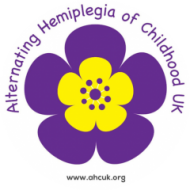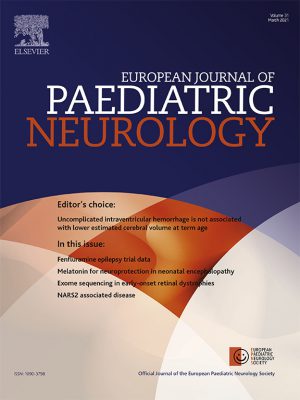EDITORIAL | ARTICLES IN PRESS
Revision of the Diagnostic Criteria of Alternating Hemiplegia of Childhood
Published: May 03, 2021 DOI: https://doi.org/10.1016/j.ejpn.2021.05.004
Article Info:
Alternating Hemiplegia of Childhood (AHC) is a severe paediatric neurological disorder. 1, 2, 3, 4, 5, 6, 7, 8, 9 It manifests a spectrum of manifestations some of which occur in most or all patients and the others occurring less frequently. These manifestations include paroxysmal events of hemiplegia, quadriplegia, dystonia, abnormal eye movements, autonomic dysfunction, altered awareness and epilepsy. AHC has an estimated prevalence of 1/1,000,000 children although this could be ten times higher 10 , and approximately 75% of clinically-diagnosed cases are due to de novo mutations in the ATP1A3 gene. Tens of mutations have been described but the most common are the D801N, then E815K and then G947R mutations. 6, 7, 8, 9, 10 The diagnosis, before the gene discovery in 2012 was based on clinical criteria named after Professor Aicardi who articulated them in his publications and these were used to ascertain patients for the gene discovery work as well as for subsequent studies 1, 2, 3, 4, 5, 6, 7, 8, 9 There were subsequent laudable adaptations of these criteria. 11,12 However, the understanding of the spectrum of the clinical manifestations of AHC has been evolving suggesting that revisiting these criteria is warranted. 13, 14, 15, 16, 17, 18, 19, 20, 21, 22, 23, 24, 25 Also, the presence of the ATP1A3 mutations is important to include in a revision of the AHC diagnostic criteria. In addition, there is often confusion in the literature in which patients who have had episodes of hemiplegia on either side and are children are considered to have AHC. The point is that not every alternating hemiplegia during childhood is alternating hemiplegia of childhood. The first i.e. hemiplegia that alternates sides, is a symptom the second, i.e. AHC, is a disorder.
Keywords
Article Info
Publication History
Publication stage
In Press Journal Pre-Proof
Identification
DOI: https://doi.org/10.1016/j.ejpn.2021.05.004
Copyright
© 2021 Published by Elsevier Ltd on behalf of European Paediatric Neurology Society.

